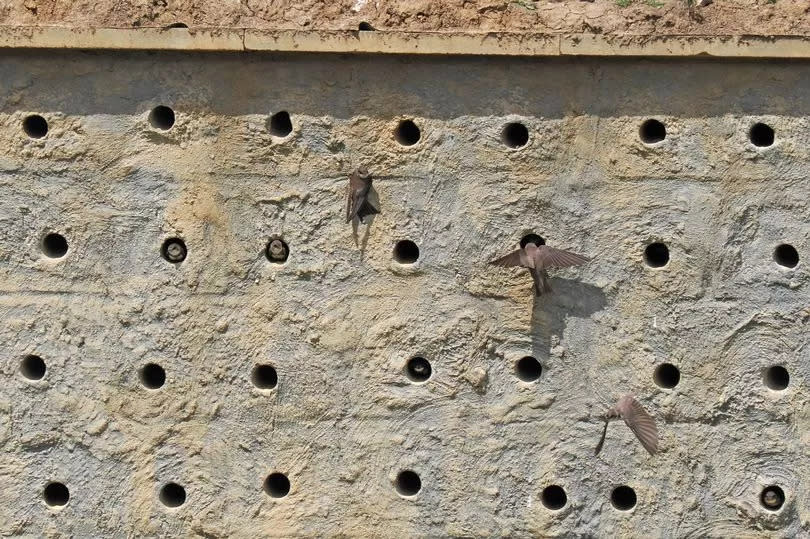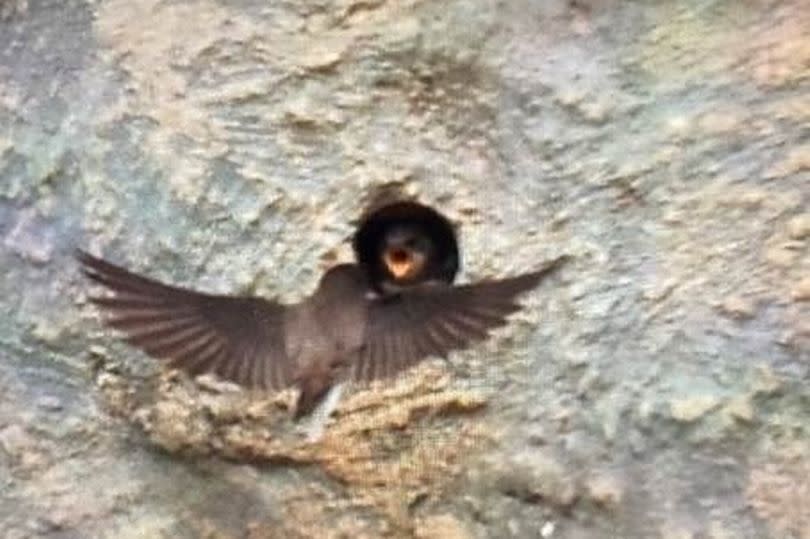Sand martin chicks spotted for first time ever at Wearside nature reserve

A Wearside nature reserve is celebrating as sand martin chicks have been spotted there for the first time ever.
Sand martin, the smallest of the European hirundine family which includes swallows and house martin, return to WWT Washington Wetland Centre each summer where they hunt and feed over the site's Wader Lake. In previous years, the birds attempted to dig natural nesting chambers in the sandy bank along the water's edge, but without success.
An artificial nesting bank was created to in October 2023 to encourage nesting pairs. And now, the first glimpse of a wide-mouthed sand martin chick in the opening of one of the nest chambers has been recorded.
Read more: Rare bird returns to Northumberland Coast nature reserve for fifth consecutive year
Keep up to date with all the latest local news from Sunderland with our free newsletter
It is thought that there are at least eight chicks on the site, but that number could rise as high as 70 by the end of the season. John Gowland, reserve manager, is delighted.
He said: "There were lots of positive signs early on, with nesting material such as grass and feathers seen being taken into the nesting chambers of the artificial bank– all good signs of the birds beginning to settle and breed."
Sand martin typically lay four or five eggs in late May and early June time, taking around two weeks to incubate and hatch. Both parents will regularly feed the growing chicks, which are raised on a diet of tiny insects.

During the later stages of their development, they'll make their way to the opening of the chambers for their first flights. If conditions are right, sand martin usually have two broods each year, so the chances are they will begin the process again once the first chicks have left the nest.
John added: "If they manage to successfully raise two broods of young, that will mean around 60-70 young birds potentially fledging from just 8 breeding pairs. But the even more exciting news is that at least 16 other nest chambers look like they’re active, with adult sand martins regular entering and exiting the chambers.
"This is looking to be a great success for our first ever sand martin breeding season and a huge boost to numbers for this bird species. We can’t wait to see what the rest of the season brings!"
WWT Washington is now asking visitors to help be their eyes and ears to track the movement of sand martin around the artificial bank. The aim of the survey is to help the reserve monitor sand martin activity and build a picture of the number of migrating birds going in and out of the chambers, and which ones they're using.

 Yahoo News
Yahoo News 
